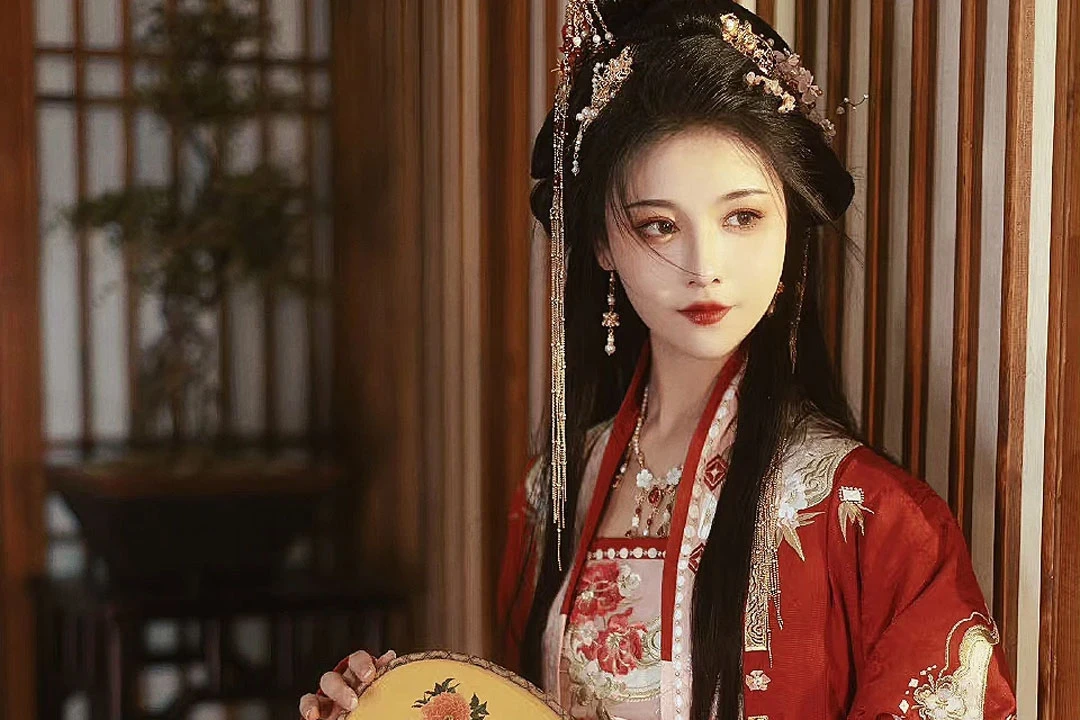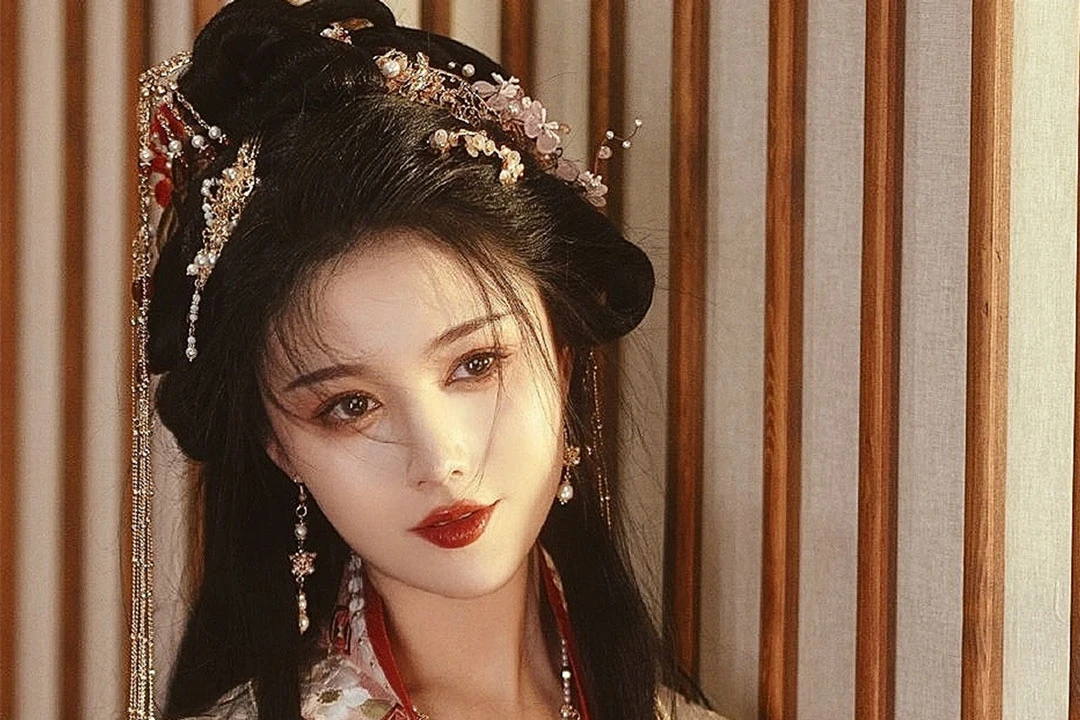In the enchanting realm of Hanfu, where images of graceful maidens and dashing gentlemen evoke a sense of ancient allure, one cannot help but be captivated by the intricate layers that compose this rich tapestry of Chinese culture. While the outer garments of Hanfu have garnered widespread admiration, a question lingers in the minds of enthusiasts – did the women of antiquity embrace intimate apparel comparable to our modern hanfu underwear? This exploration will unravel the fascinating evolution of Hanfu tank top undergarments, traversing through different dynasties and revealing the nuanced secrets of each era.
The Dawn of Hanfu Intimates
In the epochs preceding the splendors of the Han dynasty, the undergarments of ancient China bore the intriguing moniker of “xièyī” or “亵衣.” However, it was during the Qin and Han periods that these garments transformed into distinct categories such as “bào fù” or “抱腹” and “xīn yī” or “心衣.” These undergarments, boasting only a front piece, marked the early steps in the evolution of intimate attire.
Baofu emerged from the rudimentary “pà fù,” where a fabric swath horizontally embraced the abdomen. The meticulous binding required, as detailed in Liu Xi’s “Shìmíng,” presents an image reminiscent of modern-day backless summer dresses. The upper echelons of Han-era society adorned Xinyi characterized by broadened shoulder straps, representing a shift towards simplicity in design.
Dynastic Hanfu Camisole
As the ballet of dynasties continued, the Wei, Jin, and Northern and Southern Dynasties heralded a transformative change with the arrival of Liangdang (裲裆) introduced by northern nomadic tribes. Distinguished by its inclusion of a back piece, Liangdang not only covered the chest but also shielded the back. Its dual-layered structure, complete with an insulating inner layer, offered a pragmatic response to the climatic considerations of the northern nomadic cultures.
The Tang dynasty introduced Hezi (袔子), a strapless innovation tailored to complement the fashion preferences of women who favored chest-high jackets and skirts. This departure from traditional shoulder straps required two straps beneath the chest for proper support. As dynastic waves unfolded, the Song era embraced the Moxiong (抹胸) or Modu(抹肚), characterized by higher necklines and straps adorning both shoulders and waist.
The Yuan dynasty brought forth the exquisite Hehuanjin (合欢襟), celebrated for its rear-to-front fastening, interconnected by delicate straps, and adorned with button or cord closures. The petal-like collar edges not only enhanced the curves of women but also signified a harmonious fusion of form and aesthetics.
The Ming dynasty, true to its era, added its own distinct touch with the introduction of the Zhuyao (主腰) or Zhadai (扎带). Resembling a vest with side straps, its tightened form accentuated the waist, aligning with the Ming-era emphasis on a slender midriff. Notably recognized from the Qing dynasty is the iconic Dudou (肚兜), often diamond-shaped with an upper strap securing around the neck and two lower straps at the waist. The choice of tying materials showcased a diversity ranging from opulent gold chains to more modest silver or copper, drawing associations with iconic characters from timeless epics.
Which Dynasty Reigns Supreme?
As we traverse this historical journey through the epochs of Hanfu undergarments, a question inevitably surfaces – which dynasty stands out for the most aesthetically pleasing intimate attire? The answer is subjective, for each era reflects the spirit and preferences of its time.
Moreover, this exploration prompts a consideration of personal preferences – do contemporary individuals find themselves drawn to the timeless allure of ancient hanfu lingerie, or do they lean towards the comforts and aesthetics of modern lingerie? The echoes of history resonate differently for each observer.
In conclusion, the saga of Hanfu undergarments serves as more than a mere exploration of historical attire. It offers a profound insight into the evolution of culture, societal norms, and the enduring quest for aesthetic expression. As we reflect on the bygone eras, we find connections between the ancient whispers of Hanfu and the contemporary echoes of fashion. The beauty of this exploration lies not only in the garments themselves but also in the stories they tell about the people who wore them and the evolving nature of human expression.
In the grand symphony of Hanfu history, each note played by these intimate garments contributes to a rich melody that spans across millennia. The tale of Hanfu undergarments is not just a journey through fabric and form but a voyage through time, revealing the intricate threads that bind ancient traditions with the ever-changing tapestry of human expression.


